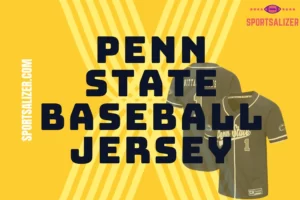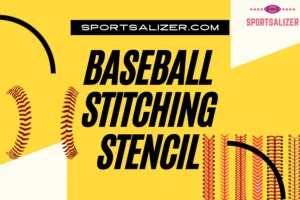Powerplay in Ice Hockey: Learn the 3 rules here!!
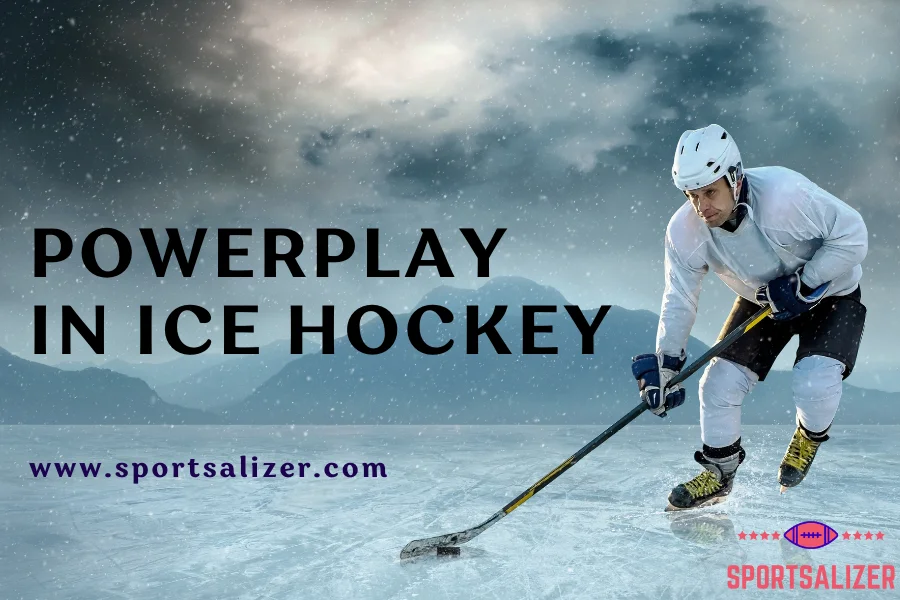
If you have started watching the ice hockey matches recently, there might be rules that can get you all confused. Powerplay in Ice hockey is one of them. Often the new ice hockey spectators are unable to understand what is happening!! Because the powerplay in Ice Hockey is an unusual rule, you cannot find this in any other sport.
So what is Powerplay in Ice Hockey in simple terms? If explained most straightforwardly, Powerplay in Ice hockey is when one or maybe two players from the same team are sent to the penalty box situated outside the ice. The removal of a few members gives the opposing team an advantage, and it creates an opportunity for them to score in the game.
Contents
- 1 What is the difference between a regular game and powerplay in Ice Hockey?
- 2 Rules to be followed for Powerplay in Ice Hockey
- 3 How does the Powerplay in Ice Hockey end?
- 4 Exceptional Rules for Powerplay in ice Hockey
- 5 The Different Types of Powerplay in Ice Hockey
- 6 Frequently asked questions(FAQs)
- 7 Trending Now
What is the difference between a regular game and powerplay in Ice Hockey?
Like any other sport, the motive is to score higher than the opposing team to win the match in a regular game. The players need to make moves to defend the other team and score some points for their team. But powerplay in Ice Hockey is different.
In this, actions are taken to give the team a “player advantage” by sending one or two players from the opposing team into the penalty box. But mind you!! Both the teams are not eligible for a powerplay in Ice Hockey. The rule here is that only the team that cannot score is the eligible one. It is like giving the other team a fair opportunity by eliminating a player or two from the team that is scoring well.
Rules to be followed for Powerplay in Ice Hockey
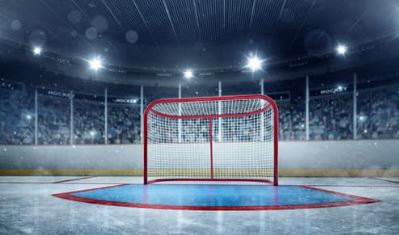
There are specific rules that need to be followed during the powerplay:
- The powerplay cannot go on forever. The team that had a player disadvantage is the one that goes for the powerplay. As soon as the team scores a goal, immediately the powerplay is terminated, and the regular game resumes with all the players.
- If the shorthanded team achieves the goal in the game, then the powerplay in ice hockey continues. Now you might be confused by the term “shorthand.” It is the team that has players in the penalty box. In brief, the team with the lesser number of players on the ice is considered “shorthanded.”
- If the team is shorthanded, they cannot be called for “icing.” If you are wondering about the new term’s meaning, then don’t worry. We will explain it to you. In the simplest possible way, icing can be described as a situation where the player shoots the “puck” from any region on their side down the past “goal line” of the opposing team without touching any of the players from the other team.
How does the Powerplay in Ice Hockey end?
After reading through the rules, you might wonder what factors end the powerplay in Ice Hockey!! So here it is:
- If the penalty is a “minor” one, the powerplay in ice hockey will end as soon as the specified time expires. Sometimes it is a two-minute penalty, so if the time passes even before the team with a player advantage has scored a goal, the powerplay shall end.
- One of the apparent reasons for the penalty is when the game ends. Sometimes, the powerplay in Ice hockey begins when the game is almost nearing its end. In that situation, the powerplay is terminated as soon as the game gets over.
- If the other team’s penalty is a “major” one, which means it lasts for “five minutes,” then it shall end only when the time expires. This is a bit different from the minor penalty. During the minor penalty, the powerplay in ice hockey is terminated once the team with a player advantage scores a goal. This is not allowed during a significant penalty. The powerplay ends only after the specified time or if the match has ended.
Exceptional Rules for Powerplay in ice Hockey
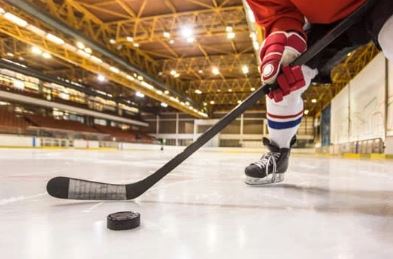
Some rules do not follow the general regulations of Ice Hockey. the exception in this s
- If there are two players in a penalty box during a minor penalty, then one player will be released as soon as the team scores a goal with a player advantage.
- Suppose the shorthanded team, which means it is short of some players due to a penalty, scores a goal, then in that situation. In that case, the powerplay will not be terminated, whether it is a significant penalty or a minor one.
The Different Types of Powerplay in Ice Hockey
According to the NHL, there are five different powerplays in ice hockey: a minor penalty, a significant penalty, misconduct, a matching penalty, and a penalty shot. Two of them have been described as:
Minor Penalties: This is the most common type of penalty in ice hockey. It happens when a player is penalized for actions that include boarding, roughing, slashing, delay of game, interference, cross-checking, etc. The minor penalty lasts for two minutes, and the player needs to stay in the penalty box, outside the ice during that time.
Major Penalties: This is the penalty a team incurs when there are some major grievances against the tea. Actions like grabbing the face mask and leaving the face mask are all considered a major penalty. The player needs to remain in the penalty box for five minutes, and there is no way that the time length can be reduced, except if the game ends.
Frequently asked questions(FAQs)
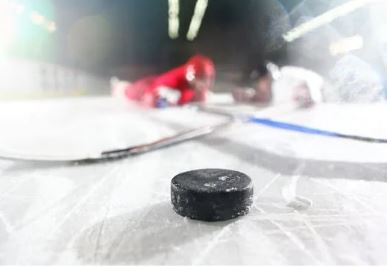
Which player Has scored the Most Power Play Goals in the NHL?
The highest number of powerplay goals has been achieved by Dave Andreychuk, summing up to 274.
Which player has the record for the Most Short-Handed Goals?
Wayne Gretzky holds the record for the most shorthanded goals.
How long can the powerplay in Ice Hockey last?
The powerplay in ice hockey can last between two to five minutes.
Which team has the most win in power play?
In the 2021-22 session, the Toronto Maple Leafs has the highest powerplay percentage of 684% in the NHL.
Thanks for reading till the end hope you enjoyed it. For more Ice Hockey related exclusive content visit Sportsalizer.com.


